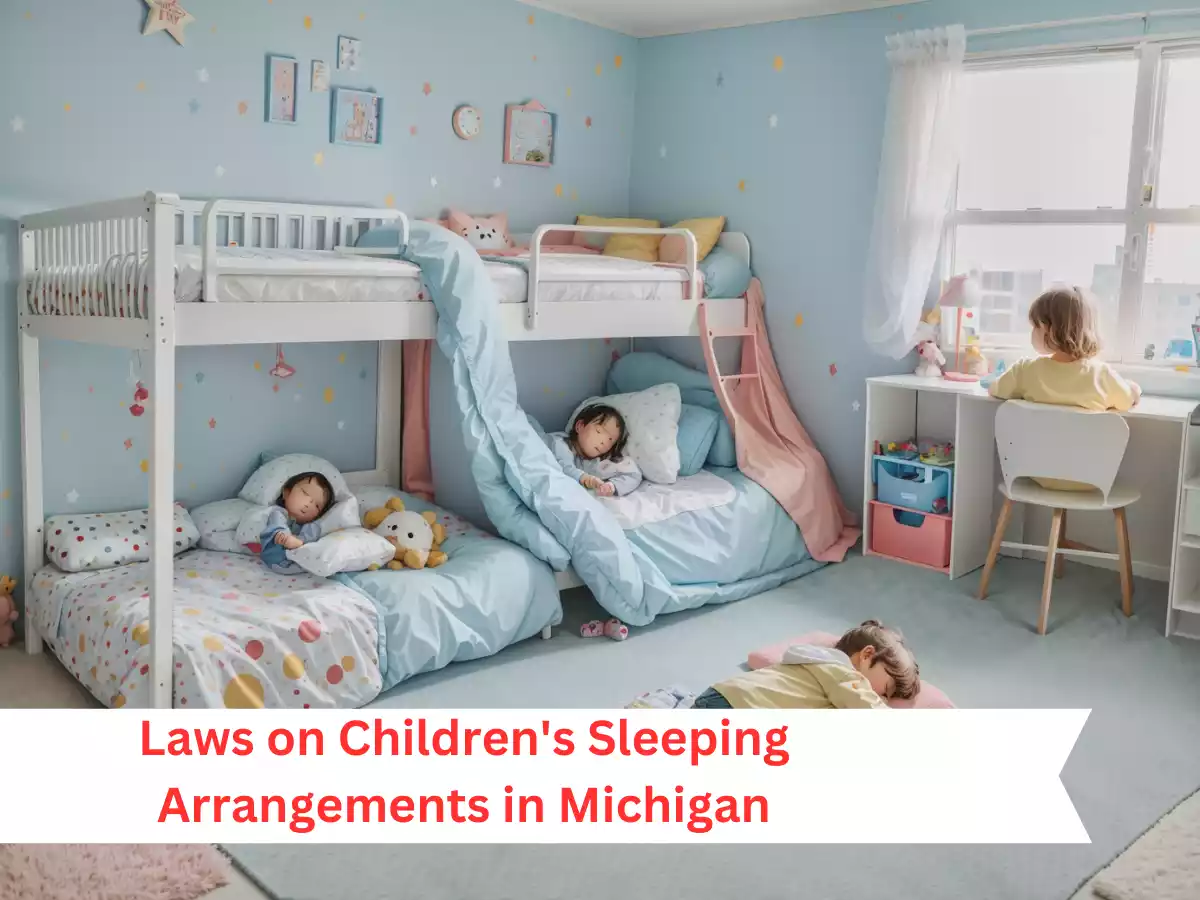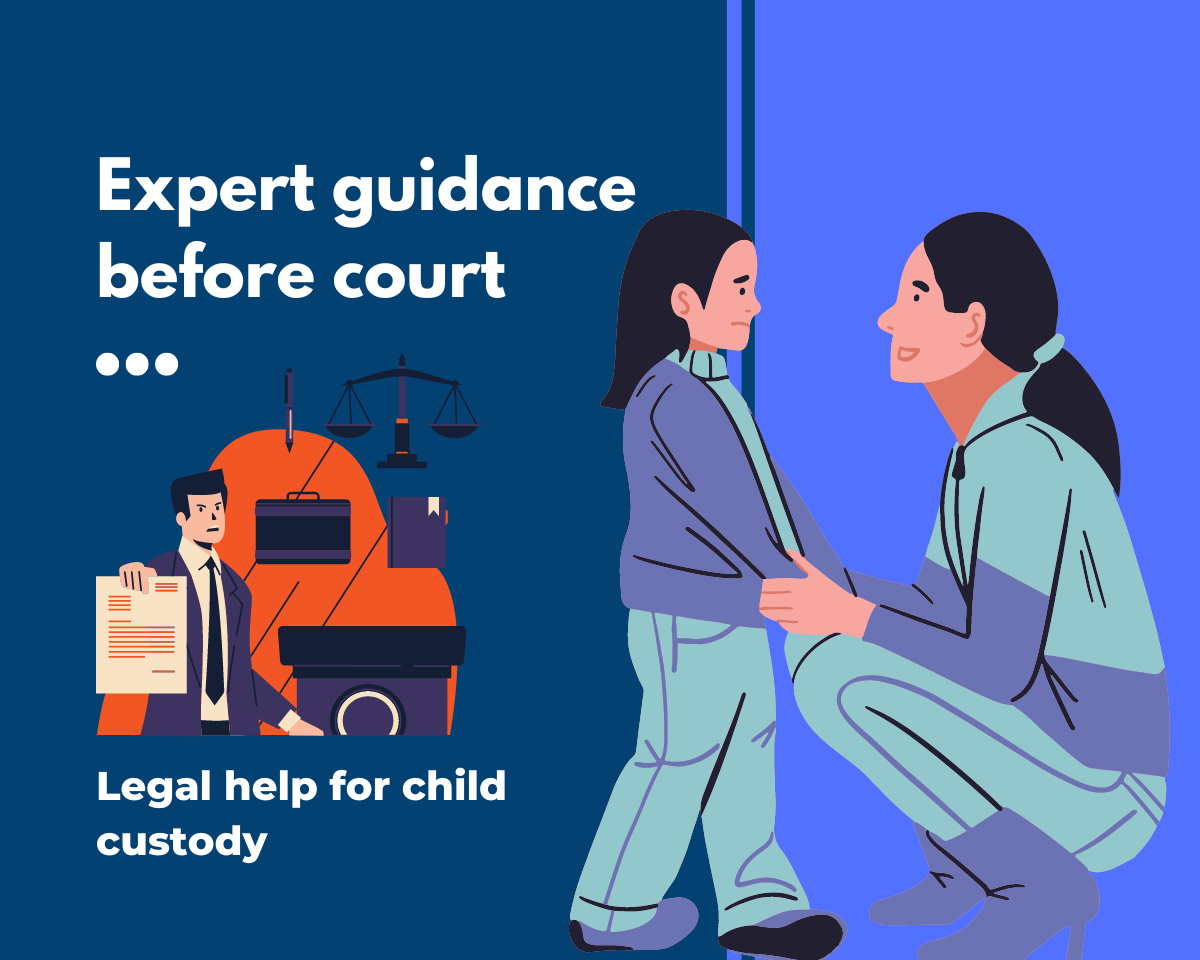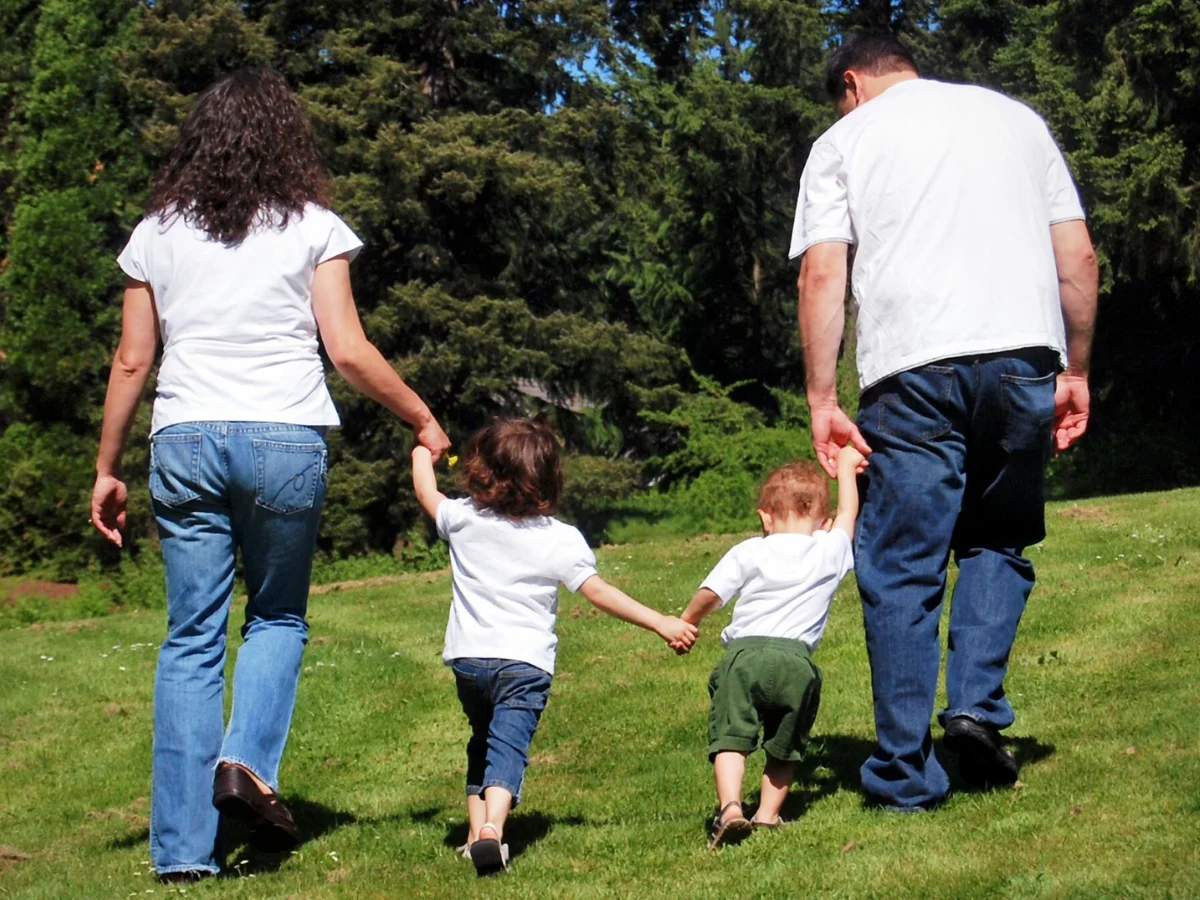Introduction: laws on children’s sleeping arrangements michigan
Ensuring that children have a safe and comfortable sleeping environment is essential for their overall well-being. In Michigan, there are specific laws and recommendations in place to guide parents and caregivers in providing the best sleeping arrangements for their children. These regulations cover various aspects, including crib safety, co-sleeping risks, and considerations for different living situations.
The Importance of Safe Sleeping Arrangements
Safe sleeping arrangements are critical for reducing the risk of sudden infant death syndrome (SIDS) and other sleep-related accidents. Babies spend a significant portion of their early lives sleeping, making their sleeping environment a crucial factor in their safety. Michigan, like many other states, follows guidelines provided by organizations such as the American Academy of Pediatrics (AAP) to promote safe sleep practices.
Michigan’s Laws on Infant Sleeping
Safe Sleep Recommendations
Michigan’s laws are aligned with the recommendations of the AAP, which emphasizes that infants should sleep on their backs in a crib or bassinet that meets safety standards. The crib should be free from soft bedding, toys, and pillows that could pose suffocation risks. Additionally, a firm mattress covered by a fitted sheet is advised.
Legal Requirements
Michigan law mandates that licensed childcare centers and homes follow safe sleep practices for infants. This includes placing infants on their backs to sleep, avoiding soft bedding, and ensuring proper ventilation in the sleeping area. These regulations are in place to protect infants from potential hazards.
Co-Sleeping and Bed-Sharing
Risks Associated with Co-Sleeping
While co-sleeping and bed-sharing are common practices, they come with risks, especially for infants. These practices increase the likelihood of accidental suffocation, entrapment, and overheating. It’s important for parents to be aware of these risks and consider safer alternatives.
Legal Perspective on Co-Sleeping
Michigan doesn’t have specific laws against co-sleeping, but child protective services may become involved if a child’s safety is compromised due to unsafe sleeping arrangements. It’s advisable for parents to follow safe sleep recommendations to ensure their child’s well-being.
Child Custody and Sleeping Arrangements
Considerations for Custody Arrangements
Child custody arrangements can complicate sleeping situations. It’s essential for parents and legal guardians to prioritize their child’s safety regardless of the custody arrangement. Communication and cooperation between parties can help establish consistent and safe sleeping environments.
Ensuring Safety in Different Environments
Whether a child is spending time at one parent’s home, both parents’ homes, or with other caregivers, the sleeping environment should meet safety standards. Portable cribs and travel-friendly sleep setups can help maintain a consistent and secure sleeping space.
Foster Care and Group Homes
Sleeping Standards for Foster Children
Foster care agencies in Michigan adhere to specific sleeping standards outlined by the state. These regulations ensure that foster children have access to safe and appropriate sleeping arrangements, including suitable beds and bedding.
Group Home Regulations
Group homes in Michigan that provide care for children must also adhere to state regulations regarding sleeping arrangements. These regulations are designed to create a secure and comfortable environment for children under their care.
Common Sleeping Arrangement Mistakes
Overcoming Common Misconceptions
Parents often have misconceptions about what constitutes a safe sleeping environment. Clearing up these misconceptions and following recommended guidelines can significantly reduce the risk of sleep-related accidents.
Creating a Safe Sleep Environment
Parents should focus on creating a distraction-free sleeping environment for their children. This includes removing items that could pose suffocation risks and ensuring that the sleeping area is conducive to restful sleep.
Promoting Healthy Sleep Habits
Establishing Bedtime Routines
Consistent bedtime routines help children establish healthy sleep habits. Creating a calming pre-sleep routine can signal to the child that it’s time to wind down and prepare for restful sleep.
Providing Comfort and Security
Children are more likely to sleep well when they feel safe and secure. A comfortable mattress, appropriate bedding, and a cozy sleep environment contribute to a child’s sense of security during sleep.
Conclusion
In conclusion, ensuring safe sleeping arrangements for children is a responsibility that every parent, guardian, and caregiver in Michigan should take seriously. By following the state’s laws and recommendations, parents can provide their children with the best possible sleep environments. Prioritizing safe sleep practices not only reduces the risk of accidents but also contributes to the overall well-being and development of children.
FAQs
- Are co-sleeping products safe to use in Michigan?
Co-sleeping products should be used with caution. Following safe sleep recommendations is crucial to ensure a child’s safety. - What should I do if my child resists bedtime routines?
Consistency is key. Patiently sticking to the routine and gradually adjusting it can help your child adapt over time. - Can I use blankets and pillows in my child’s crib for added comfort?
No, blankets and pillows pose suffocation hazards. A firm mattress with a fitted sheet is the safest bedding choice. - Are there specific regulations for sleeping arrangements in foster homes?
Yes, foster homes must follow Michigan’s regulations to provide safe and appropriate sleeping arrangements for children in their care. - Where can I find more information about child safety regulations in Michigan?
You can visit the Michigan Department of Health and Human Services website for comprehensive information on child safety regulations and guidelines.
Contents
- 1 Introduction: laws on children’s sleeping arrangements michigan
- 2 The Importance of Safe Sleeping Arrangements
- 3 Michigan’s Laws on Infant Sleeping
- 4 Co-Sleeping and Bed-Sharing
- 5 Child Custody and Sleeping Arrangements
- 6 Foster Care and Group Homes
- 7 Common Sleeping Arrangement Mistakes
- 8 Promoting Healthy Sleep Habits
- 9 Conclusion
- 10 FAQs























